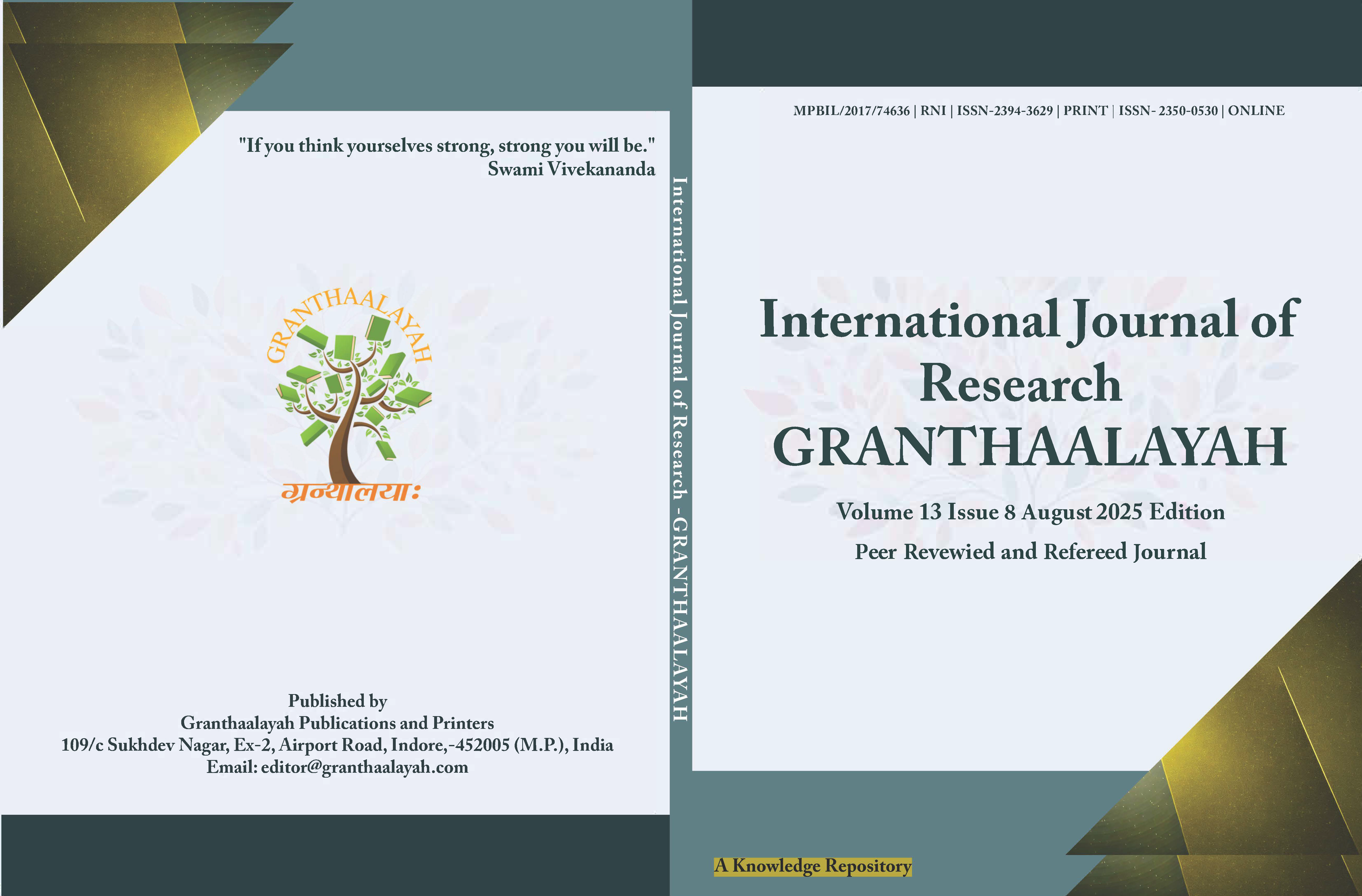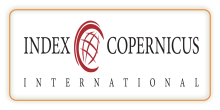THERAPEUTIC ROLE OF DIETARY FIBER AND PROBIOTICS IN LIFESTYLE DISORDERS: A NUTRITIONAL APPROACH
DOI:
https://doi.org/10.29121/granthaalayah.v13.i8.2025.6441Keywords:
Dietary Fiber, Probiotics, Gut Microbiota, Metabolic Health, Lifestyle Disorders, Prebiotic Synergy, Home ScienceAbstract [English]
Lifestyle disorders such as obesity, diabetes, cardiovascular diseases, and irritable bowel syndrome (IBS) are on the rise due to poor dietary habits and sedentary lifestyles. Emerging evidence indicates that dietary fiber and probiotics play vital therapeutic roles in mitigating these conditions by modulating gut microbiota, improving metabolic parameters, and reducing systemic inflammation. This paper evaluates the combined nutritional impact of fiber and probiotics in promoting gastrointestinal and metabolic health through a hypothetical analytical model based on literature-derived data.
The study compares the physiological effects of different types of dietary fiber (soluble and insoluble) and probiotic strains (Lactobacillus and Bifidobacterium species) on parameters such as serum cholesterol, fasting glucose, and gut microbial balance. The findings suggest that high-fiber diets supplemented with probiotics contribute to a significant reduction in total cholesterol (up to 12%) and fasting glucose (up to 10%), while enhancing gut microbial diversity. The synergistic action of fiber and probiotics enhances short-chain fatty acid (SCFA) production, improves bowel regularity, and strengthens intestinal barrier integrity—factors essential for preventing metabolic and gastrointestinal disorders.
This paper highlights the therapeutic importance of integrating fiber-rich foods and probiotics into daily diets as a nutritional intervention to manage and prevent lifestyle diseases. From a Home Science perspective, these findings reinforce the role of functional dietary planning in promoting long-term health and wellness.
Downloads
References
Canfora, E. E., Jocken, J. W., & Blaak, E. E. (2015). Short-Chain Fatty Acids in Control of Body Weight and Insulin Sensitivity. Nature Reviews Endocrinology, 11(10), 577–591. https://doi.org/10.1038/nrendo.2015.128 DOI: https://doi.org/10.1038/nrendo.2015.128
Ejtahed, H. S., Mohtadi-Nia, J., Homayouni-Rad, A., Niafar, M., Asghari-Jafarabadi, M., & Mofid, V. (2012). Probiotic Yogurt Improves Antioxidant Status in Type 2 Diabetic Patients. Nutrition, 28(5), 539–543. https://doi.org/10.1016/j.nut.2011.08.013 DOI: https://doi.org/10.1016/j.nut.2011.08.013
Food and Agriculture Organization of the United Nations, & World Health Organization. (2001). Health and Nutritional Properties of Probiotics in Food Including Powder Milk With Live Lactic Acid Bacteria (FAO/WHO Report). https://www.fao.org
Holscher, H. D. (2017). Dietary Fiber and Prebiotics and the Gastrointestinal Microbiota. Gut Microbes, 8(2), 172–184. https://doi.org/10.1080/19490976.2017.1290756 DOI: https://doi.org/10.1080/19490976.2017.1290756
Sanders, M. E., Merenstein, D. J., Reid, G., Gibson, G. R., & Rastall, R. A. (2018). Probiotics and Prebiotics in Intestinal Health and Disease: From Biology to the Clinic. Nature Reviews Gastroenterology & Hepatology, 16(10), 605–616. https://doi.org/10.1038/s41575-019-0173-3 DOI: https://doi.org/10.1038/s41575-019-0173-3
Slavin, J. (2013). Fiber and Prebiotics: Mechanisms and Health Benefits. Nutrients, 5(4), 1417–1435. https://doi.org/10.3390/nu5041417 DOI: https://doi.org/10.3390/nu5041417
World Health Organization. (2023). Global Report on Diabetes and Lifestyle-Related Noncommunicable Diseases. WHO Publications. https://www.who.int
Published
How to Cite
Issue
Section
License
Copyright (c) 2025 Dr. Sangeeta Ahirwar

This work is licensed under a Creative Commons Attribution 4.0 International License.
With the licence CC-BY, authors retain the copyright, allowing anyone to download, reuse, re-print, modify, distribute, and/or copy their contribution. The work must be properly attributed to its author.
It is not necessary to ask for further permission from the author or journal board.
This journal provides immediate open access to its content on the principle that making research freely available to the public supports a greater global exchange of knowledge.






























